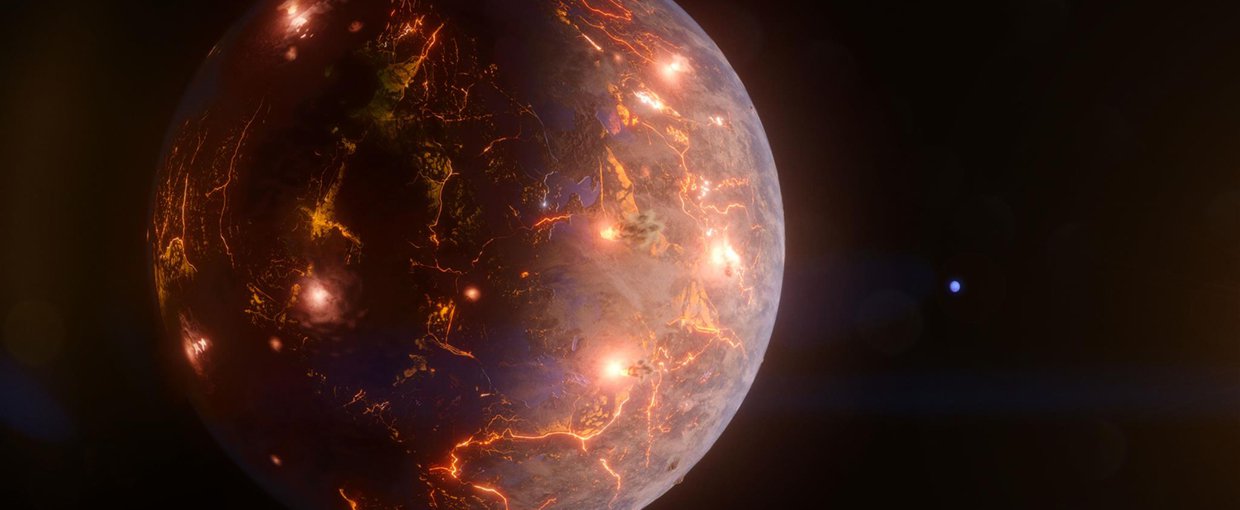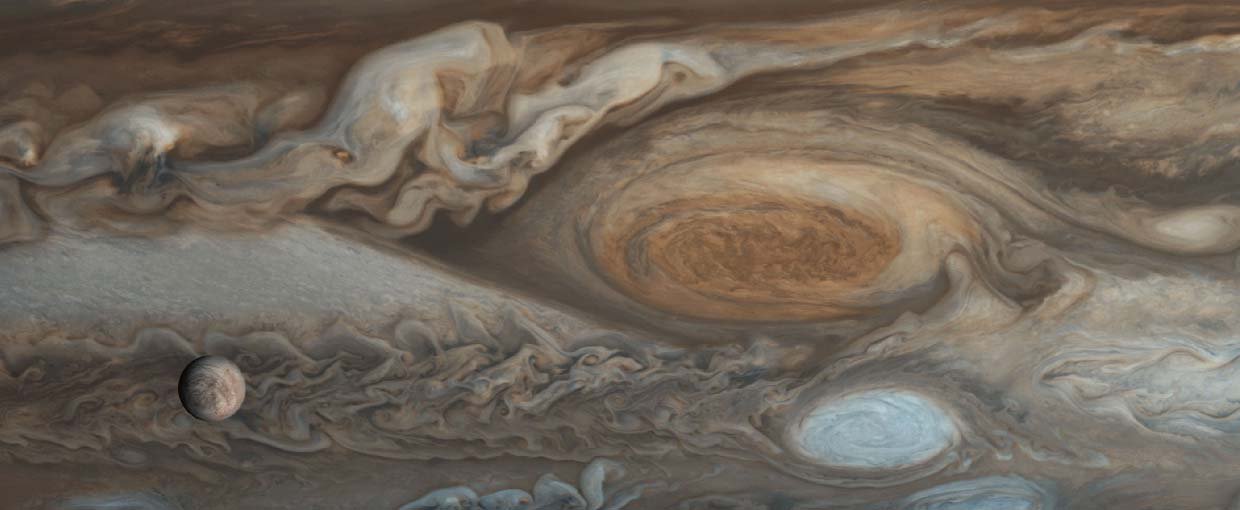Horvath, D. G., & Andrews-Hanna, J. C. (2024). The hydrology of the Jezero crater paleolake: Implications for the climate and limnology of the lake system from hydrological modeling. Earth and Planetary Science Letters, 635, 118690. doi:10.1016/j.epsl.2024.118690
Kaib, N. A., Parsells, A., Grimm, S., Quarles, B., & Clement, M. S. (2024). More realistic planetesimal masses alter Kuiper belt formation models and add stochasticity. Icarus, 415, 116057. doi:10.1016/j.icarus.2024.116057
Fernanders, M. S., Gough, R. V., Chevrier, V. F., Boy, D., Boy, J., Carr, C. E., & Tolbert, M. A. (2024). Water Uptake and Release of Nitrate Salt Mixtures of Relevance to the Atacama Desert and Mars. ACS Earth and Space Chemistry. doi:10.1021/acsearthspacechem.3c00371
Gamaleldien, H., Wang, K., Johnson, T. E., Ma, J-F., Abu Anbar, M., Zhang, X. J., … Kirkland, C. L. (2024). Potassium isotopes trace the formation of juvenile continental crust. Geoscience Frontiers, None, 101882. doi:10.1016/j.gsf.2024.101882
Zak, J., Boffin, H. M. J., Sedaghati, E., Bocchieri, A., Changeat, Q., Fukui, A., … Vignes, J. P. (2024). HD 110067 c has an aligned orbit. Astronomy & Astrophysics, 687, L2. doi:10.1051/0004-6361/202450570
Heubeck, C., Beukes, N., Homann, M., Javaux, E. J., Kakegawa, T., Lalonde, S., Mason, P., Tice, M., Mashele, P., Paprika, D., Rippon, C., Tucker, Rodney, Tucker, Ryan, Ndazamo, V., Christianson, A., & Kunkel, C. (2024). Operational Report about drilling in the Moodies Group of the Barberton Greenstone Belt (BASE – Barberton Archean Surface Environments). ICDP Operational Report. doi: 10.48440/ICDP.5069.001
Kuzuhara, M., Fukui, A., Livingston, J. H., Caballero, J. A., De Leon, J. P., Hirano, T., … Osorio, M. R. Z. (2024). Gliese 12 b: A Temperate Earth-sized Planet at 12 pc Ideal for Atmospheric Transmission Spectroscopy. The Astrophysical Journal Letters, 967(2), L21. doi:10.3847/2041-8213/ad3642
Lacelle, D., Christy, M., Faucher, B., Sobron, P., & Andersen, D. (2024). Palaeo-environmental significance of evaporative calcite crusts in the Untersee Oasis, East Antarctica. Antarctic Science, None, 1–11. doi:10.1017/s0954102024000075
Gillon, M., Pedersen, P. P., Rackham, B. V., Dransfield, G., Ducrot, E., Barkaoui, K., … Lang, F. Z. (2024). Detection of an Earth-sized exoplanet orbiting the nearby ultracool dwarf star SPECULOOS-3. Nature Astronomy. doi:10.1038/s41550-024-02271-2
Gruber, B. H., Nicklas, R. W., Day, J. M. D., Chin, E. J., Ren, M., & Bernard, R. E. (2024). Origin of fabrics and olivine chemical variations preserved in brachinite and brachinite‐like achondrite meteorites. Meteoritics & Planetary Science. doi:10.1111/maps.14179



